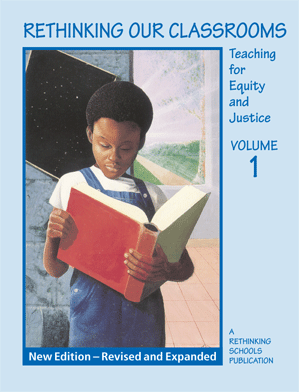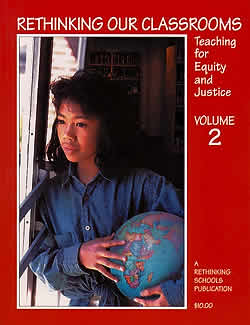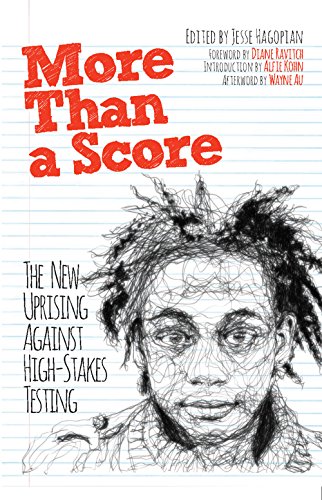What we don’t teach in school can be more important than what we do teach. When we fail to engage students in thinking critically about their own schooling, the hidden message is: Don’t analyze the institutions that shape your lives; don’t ask who benefits, who suffers, and how it got to be this way; just shut up and do as you’re told.

Soldiers take a psychological test (the exact type of examination is unclear) in Camp Lee in Virginia in November 1917, the year the United States entered World War I and Woodworth first developed his test. Source: National Archives
To explore some of the historical roots of the modern high school, I wrote a role play that I hoped would allow students to question aspects of schooling they often take for granted, such as tracking (“ability grouping”), standardized testing, guidance counseling, student government, the flag salute, bells, required courses with patriotic themes, and extracurricular activities like athletics and the school newspaper. These now commonplace components of high school life were introduced in the early years of the 20th century, a time of growing union militancy and radicalism, and large-scale immigration from southern and eastern Europe, accompanied by vastly increased high school enrollment.
Underlying the new reforms was a consensus among leading educators that social class stratification was here to stay, and that high schools should abandon a single academic curriculum for all students.
This lesson was originally published by Rethinking Schools in Rethinking Our Classrooms: Teaching For Equity and Justice (Volume 1).
Background Materials
- Paul Davis Chapman, Schools as Sorters, New York University Press, 1988 (especially Chapter 5, “The Use of Intelligence Tests in Schools: California Case Studies”).
- David Tyack, The One Best System: A History of American Urban Education, Harvard University Press, 1974.
- Joel Spring, The American School, 1642-1985, Longman, 1986 (especially Chapter 7, “Education and Human Capital”).
- Robert S. Lynd and Helen M. Lynd, Middletown, Harcourt, Brace, 1929 (especially part II: “Training the Young”).
- Jeannie Oakes, Keeping Track: How Schools Structure Inequality, Yale University Press, 2005 (Chapter 2, “Unlocking the Tradition”).
- Samuel Bowles and Herbert Gintis, Schooling in Capitalist America, Basic Books, 1976, (Chapters 5 and 6, “The Origins of Mass Public Education” and “Corporate Capital and Progressive Education”).












Twitter
Google plus
LinkedIn